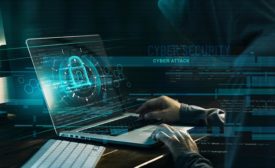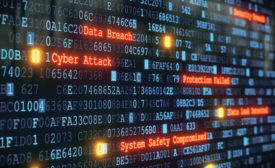Security Leadership and Management
You've been hacked - Now what?
If you're reading this article because of the headline, you're in trouble my friend.
September 9, 2020
Communal efforts are the way to better house of worship security
The most effective approach to securing houses of worship and their members starts with the basics.
September 8, 2020
Sign-up to receive top management & result-driven techniques in the industry.
Join over 20,000+ industry leaders who receive our premium content.
SIGN UP TODAY!Copyright ©2024. All Rights Reserved BNP Media.
Design, CMS, Hosting & Web Development :: ePublishing













